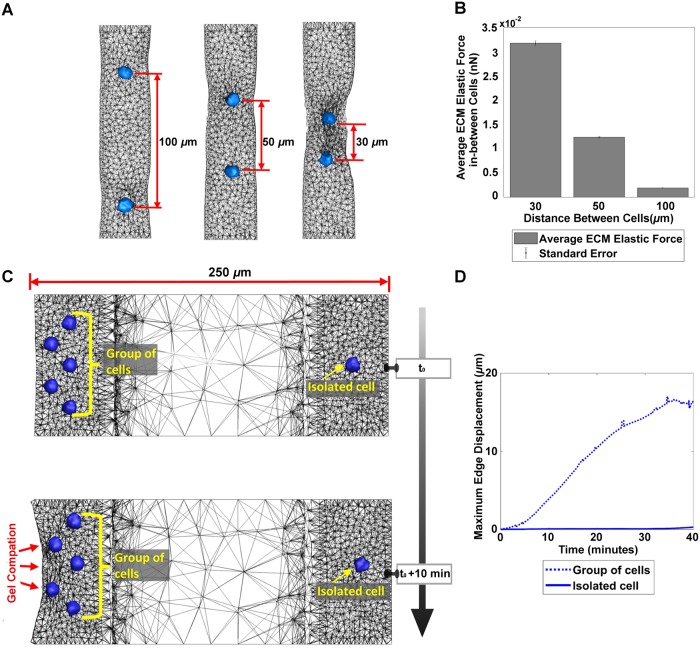Fig 5. Effect of cell spacing and density on ECM compaction.
(A) ECM compaction by two cells embedded within a cylindrical ECM spaced at 100μm, 50μm, and 30 μm. As the spacing between cells increases, compaction is less pronounced between them. (B) The average ECM elastic force in-between cells spaced at 100μm is an order of magnitude less than the elastic force in-between cells spaced at 30μm. (C) The latent variable superposition simulation (upper) can be used to reflect the behavior of heterogeneous planar distribution of MC3T3-E1 osteoblasts as shown in supplementary video in [5]. Whereas the group of cells at the left edge contract the gel, the isolated cell at the right edge did not contract the gel, indicating the importance of cell density for compaction. (D) For the latent variable superposition simulation the maximum displacement along the ECM edge noticeably increases over time for the group of cells and is minimal for the isolated cell.

